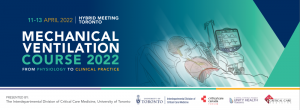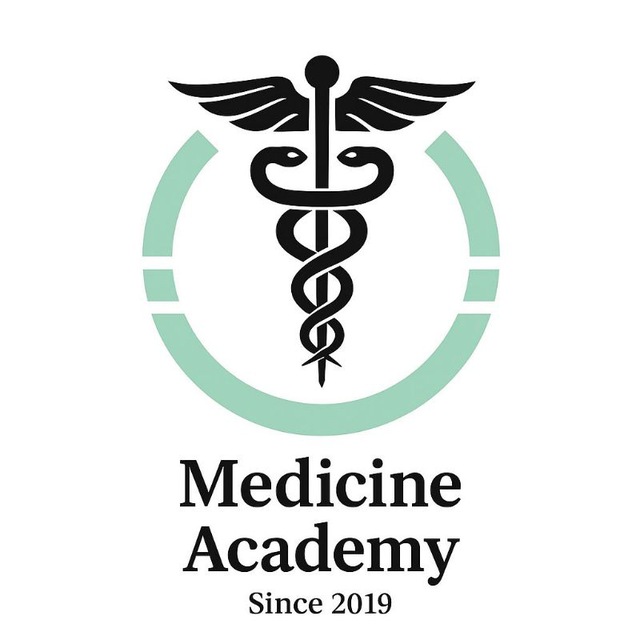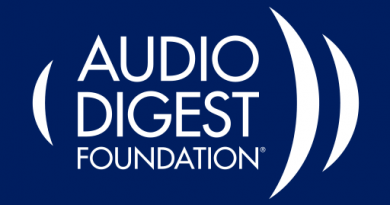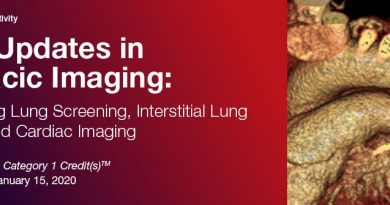Mechanical Ventilation Course 2022

Goals
Enhance ICU clinicians’ understanding
of the physiological principles informing assessment
and management of mechanical ventilation and strengthen
their skills in assessing patient-ventilator interaction.
Increase awareness
of the many relevant aspects of conventional and novel
invasive and non-invasive mechanical ventilation techniques.
Enhance ICU clinicians’ knowledge
of the management of specific clinical problems in
mechanically ventilated patients: acute respiratory
distress syndrome, chronic obstructive pulmonary disease
exacerbations, and difficult weaning from mechanical
ventilation.
Objectives
Explain and assess
basic physiological aspects of patient-ventilator interaction:
respiratory mechanics, respiratory muscle activity and function,
patient-ventilator synchrony, and ventilator-induced lung and
respiratory muscle injury.
Determine why and when
mechanical ventilation can be a treatment, a supportive therapy
or a source of complications.
Describe the optimal approach
to liberating patients from mechanical ventilation and conduct a
comprehensive clinical assessment to identify and treat causes of
difficult ventilator weaning.
Deliver evidence-based management
of acute respiratory failure using both non-invasive and invasive
ventilatory techniques for the following conditions: acute respiratory
distress syndrome, chronic obstructive pulmonary disease, and
weaning from mechanical ventilation
Content
- Respiratory Mechanics What To Measure
- Case Discussion Managing Refractory Hypoxemia and ECLS
- Prone Positioning and Inhaled Pulmonary Vasodilators
- PEEP And Lung Recruitment
- Case Discussion Spontaneous Breathing Who, When, How, And Why
- Lung and Diaphragm – Protective Ventilation
- Case Discussion Mechanical Ventilation in Acute Brain Injury
- Heart-Lung Interactions
- Patient-Ventilator Synchrony
- Determinants Of Respiratory Drive And Effort
- Control Of Breathing
- Equation Of Motion Pressures Volumes And Flow
- Conventional And Advanced Modes Of Ventilation
- High-Flow Nasal Cannula And Non-Invasive Ventilation
- How Do I Do It Assessing The Difficult To Liberate Patient
- How I Do It – Assessing Readiness For Liberation
- Oxygen Setting – Does It Matter
- Pav And Nava
- Transporting Mechanically Ventilated Patients
- Transporting Mechanically Ventilated Patients
- Understanding The Effect Of Sedation
- Evidence Based Sedation Management In Ventilated Patients
- Evidence Based Delirium Management In Ventilated Patients
- Panel Discussion How To Mobilize Ventilated Patients
- Strategies To Improve Mechanical Ventilation Quality
- Panel Discussion Enhancing Quality Of Care For Ventilated Patients
Details : 26 Videos
Price : $ 50
[WD_Button id=441]




